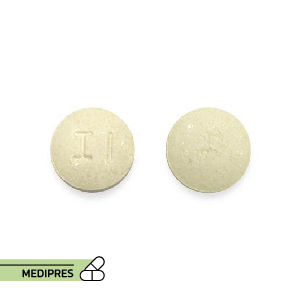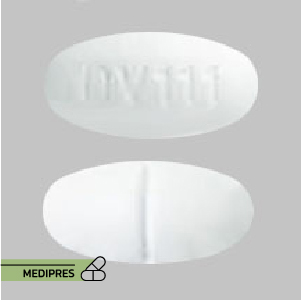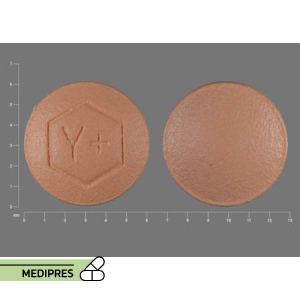
Safyral
23 June, 2023
Selfemra
23 June, 2023Sapropterin
Generic name: sapropterin [ SAP-roe-TER-in ]
Brand names: Kuvan, Javygtor
Dosage forms: oral powder for reconstitution (100 mg; 500 mg), oral tablet, soluble (100 mg)
Drug class: Miscellaneous metabolic agents
Route of Administration: Oral
Dose: Tablets: 100 mg; Powder for oral solution: 100 mg, 500 mg
Mechanism of Action:
Sapropterin is a synthetic form of tetrahydrobiopterin (BH4), a cofactor for the enzyme phenylalanine hydroxylase (PAH). It works by enhancing the activity of PAH, which is responsible for the metabolism of phenylalanine to tyrosine. In patients with phenylketonuria (PKU), a genetic disorder characterized by a deficiency in PAH, sapropterin helps reduce elevated blood phenylalanine levels, preventing the harmful effects associated with this condition.
Drug Usage Cases:
Sapropterin is used to reduce blood phenylalanine levels in patients with hyperphenylalaninemia (HPA) due to tetrahydrobiopterin-responsive phenylketonuria (PKU). It is typically used in conjunction with a phenylalanine-restricted diet to manage and maintain phenylalanine levels within a safe range. Sapropterin is indicated for use in both adults and children aged one month and older.
Drug Contraindications:
Sapropterin is contraindicated in patients with a known hypersensitivity to sapropterin or any of its components. It should not be used in patients with a history of anaphylactic reactions to the drug. Careful monitoring is required in patients with liver or kidney dysfunction, as the drug’s pharmacokinetics may be altered. Patients with poor nutritional status or those who are not adhering to a phenylalanine-restricted diet may not achieve the desired therapeutic effect.
Side Effects:
Common side effects of sapropterin may include headache, diarrhea, vomiting, abdominal pain, throat pain, and nasal congestion. Serious side effects that require immediate medical attention include:
Signs of an allergic reaction (rash, itching, swelling of the face, lips, tongue, or throat, difficulty breathing). Severe gastritis or gastrointestinal bleeding (stomach pain, blood in the stool or vomit). Fever, flu-like symptoms, and signs of infection. Rapid weight gain, swelling of the hands or feet. Changes in mood or behavior, including irritability or hyperactivity in children
Warnings:
Sapropterin should be used with caution in patients with a history of seizures or neurological conditions, as it may lower blood phenylalanine levels excessively, potentially causing seizures. Blood phenylalanine levels should be monitored regularly, especially during dose adjustments, to prevent both hyperphenylalaninemia and hypophenylalaninemia. Patients should continue to follow a phenylalanine-restricted diet while on sapropterin therapy. It is also important to monitor liver function periodically, especially in patients with preexisting liver dysfunction.
Use During Pregnancy or Breastfeeding:
Sapropterin is categorized as pregnancy category C, meaning risk to the fetus cannot be ruled out. It should only be used during pregnancy if clearly needed and the potential benefits justify the potential risks to the fetus. There is no information on whether sapropterin is excreted in human breast milk; therefore, caution should be exercised when administered to breastfeeding mothers. Women who are pregnant or planning to become pregnant should discuss potential risks and benefits with their healthcare provider.



